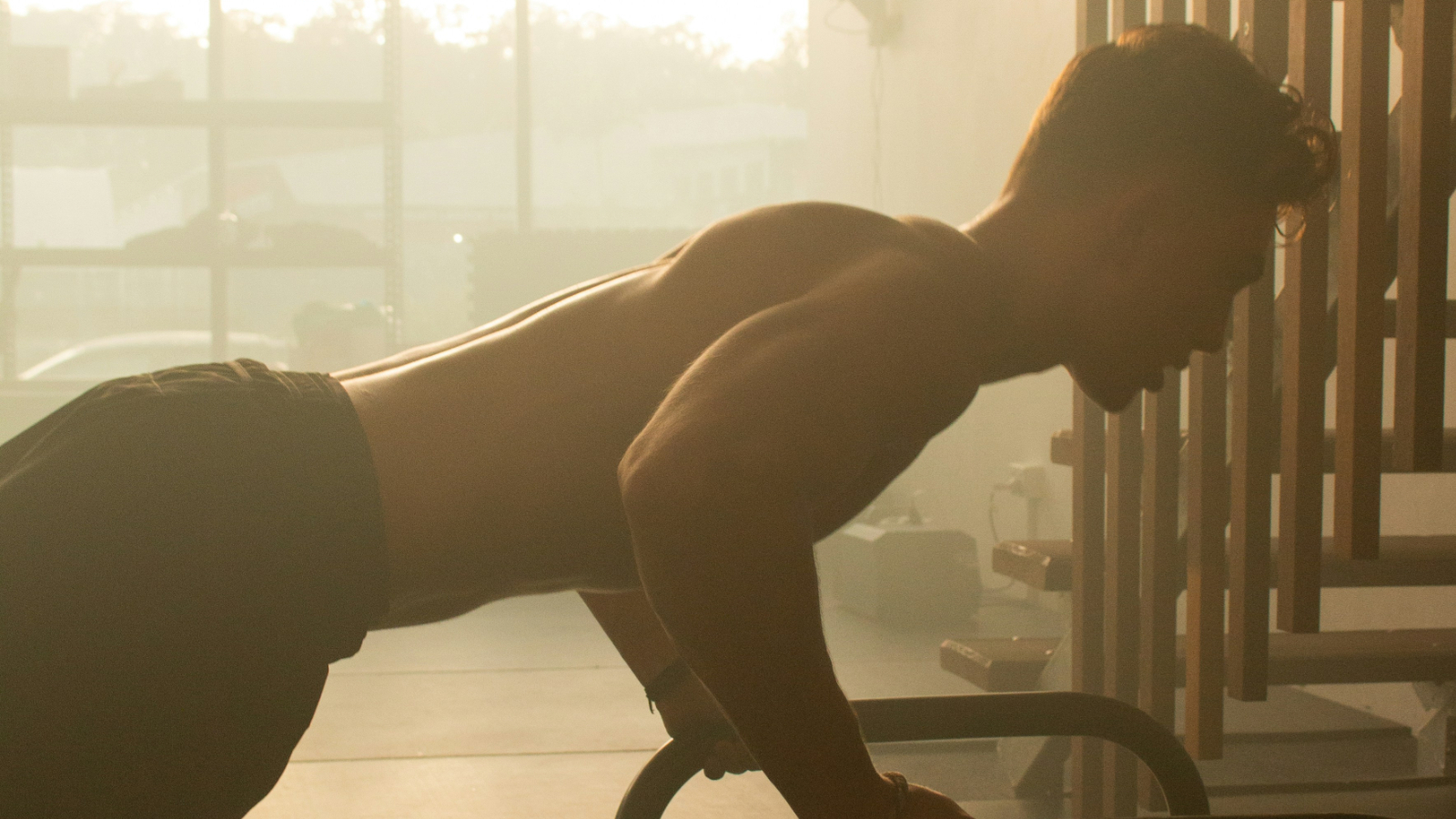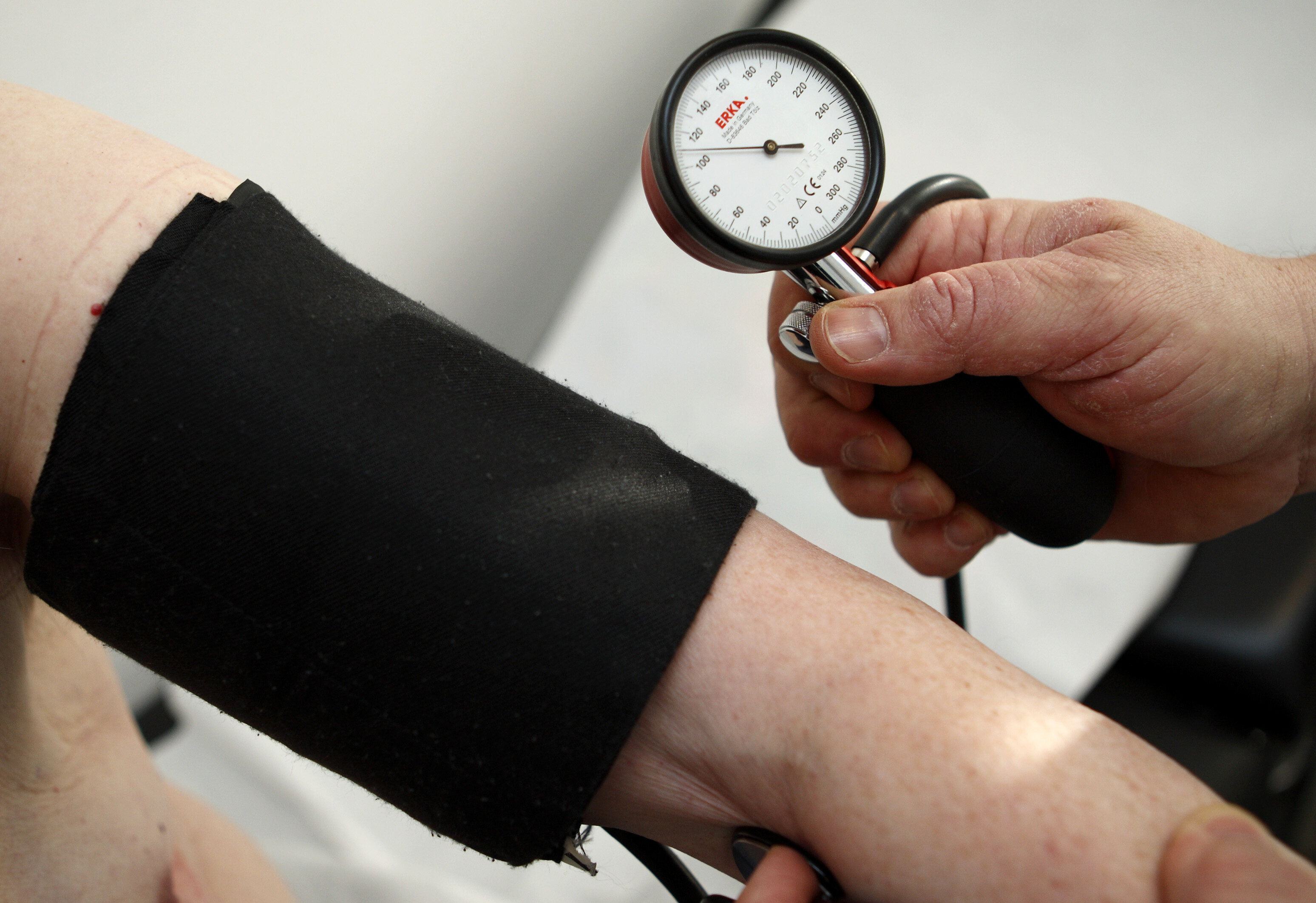
We’ve written before at HuffPost UK about how everything from blood pressure to your resting heart rate can change over time.
It turns out that standing on one leg seems to be the first fitness marker to go as we get older ― how many push-ups you can do, of course, changes as you age as well.
And now, it seems there’s a “healthy” number of jumping jacks each age group should be able to bound through.
Speaking to The Daily Mail, Dr Kelly Sturm, a physical therapist at Cancer Rehab, shared that though everyone’s baseline is different, in general there’s a “good” amount of jumping jacks that show a healthy level of balance and explosive and cardiovascular strength.
“The rhythmic movement of your arms and legs together enhances balance and coordination, which is particularly beneficial as you age,” she told the publication.
So what should I aim for?
Let’s start with how to do a jumping jack.
The National Academy of Sports Medicine shared a video showing how to do the movement properly.
In their caption, they advised us:
- Start with good posture, feet hip-to-shoulder distance apart, and hands at the sides.
- Raise the hands above the head while simultaneously jumping enough to spread the feet wider than shoulder width and quickly reverse the movement.
- Perform continuous jumping jacks for the desired number of repetitions.
According to Dr Sturm, a good amount of jumping jacks by age and gender is:
1) Age 25
- Men: 60-70
- Women: 50-60
2) Age 35
- Men: 50-60
- Women: 40-50
3) Age 45
- Men: 40-50
- Women: 30-40
4) Age 55
- Men: 30-40
- Women: 20-30
5) Age 65
- Men: 20-30
- Women: 15-20.
What if I can’t quite get there?
It’s alright if you’re not able to reach those metrics yet. There are lots of different types of strength, and you can work your way up to improving your number by practising.
If you feel pain when doing jumping jacks or notice serious breathlessness, don’t continue and speak to your doctor before trying it again. The same is true if you’ve recently had any surgery or health concerns.
The NHS recommends getting 150 minutes of moderate exercise (including walking, cleaning, and even getting your groceries in) or 75 minutes of moderate to high-intensity activity (like running, swimming, or riding a bike up a hill) a week.
Following those rules is more important than fixating on a particular number of a specific activity.


